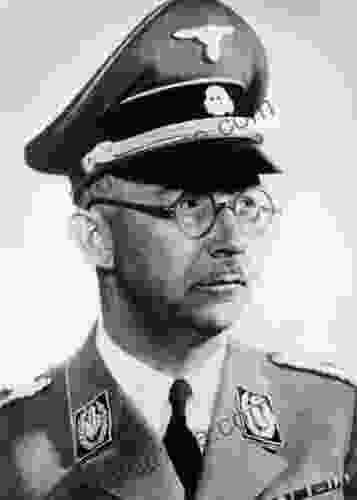Brief Introduction to Psychoanalytic Theory

Psychoanalytic theory, a groundbreaking approach to understanding the human psyche, was developed by the renowned Sigmund Freud in the late 19th and early 20th centuries. It delves into the hidden depths of the unconscious mind, exploring the complex interplay of thoughts, feelings, and motivations that shape our behavior and experiences.
The Unconscious Mind
Central to psychoanalytic theory is the concept of the unconscious mind. Freud believed that a large portion of our mental processes occur outside our conscious awareness, like a vast reservoir of thoughts, feelings, and memories. This unconscious realm deeply influences our actions, dreams, and relationships without our knowledge.
4.7 out of 5
| Language | : | English |
| File size | : | 1265 KB |
| Text-to-Speech | : | Enabled |
| Screen Reader | : | Supported |
| Enhanced typesetting | : | Enabled |
| Word Wise | : | Enabled |
| Print length | : | 278 pages |
The unconscious mind is not simply a dumping ground for forgotten or repressed memories. Instead, it is an active, dynamic force that constantly shapes our conscious experiences. Freud likened it to an iceberg, with the conscious mind representing only the visible tip. The unconscious, like the hidden part of the iceberg, contains the vast majority of our psychological processes.
Defense Mechanisms
As we navigate life's challenges, our unconscious mind employs various defense mechanisms to protect us from anxiety and distress. These defenses are automatic and often unconscious, shielding us from overwhelming emotions and protecting our fragile psyche.
Some of the most common defense mechanisms include:
- Repression: Banishing thoughts, feelings, and memories from conscious awareness.
- Projection: Attributing our own thoughts and feelings to others.
- Displacement: Redirecting emotions from their true source to a less threatening target.
- Sublimation: Transforming unacceptable impulses into socially acceptable behavior.
- Rationalization: Providing seemingly logical explanations for irrational behavior.
Dream Analysis
Dreams, according to Freud, are a window into the unconscious mind. They provide a symbolic representation of our deepest thoughts, fears, and desires. By analyzing our dreams, we can gain insights into our hidden motivations and unresolved conflicts.
Freud developed a systematic approach to dream interpretation, focusing on the following elements:
- Manifest content: The surface story of the dream, as it is experienced consciously.
- Latent content: The underlying meaning of the dream, hidden in its symbols and associations.
By unraveling the latent content, dream analysis allows us to access the unconscious mind and explore its hidden dynamics.
Clinical Applications
Psychoanalytic theory has had a profound impact on the field of clinical psychology. It has provided a framework for understanding the causes of mental illness and has led to the development of effective therapeutic techniques.
Psychoanalytic therapy, known as psychoanalysis, involves a collaborative relationship between the therapist and the patient. Through the use of free association, dream analysis, and other techniques, the therapist helps the patient uncover and work through unconscious conflicts that contribute to their symptoms.
Psychoanalytic theory and therapy have proven effective in treating a wide range of conditions, including:
- Anxiety disFree Downloads
- Depressive disFree Downloads
- Personality disFree Downloads
- Eating disFree Downloads
- Relationship problems
Psychoanalytic theory is a complex and multifaceted approach to understanding the human mind. By exploring the unconscious, defense mechanisms, dreams, and therapeutic applications, it offers a unique perspective on the dynamics that shape our behavior and well-being. Whether you are a student of psychology, a practicing clinician, or simply curious about the inner workings of your mind, this comprehensive guide will provide you with an engaging and accessible to psychoanalytic theory.
If you are interested in delving deeper into this fascinating field, I highly recommend picking up a copy of my new book, "Brief to Psychoanalytic Theory." This comprehensive guide provides a thorough overview of the key concepts and clinical applications of psychoanalytic theory, making it an invaluable resource for anyone interested in exploring the unconscious mind.
Free Download your copy today and embark on a journey of self-discovery and understanding.
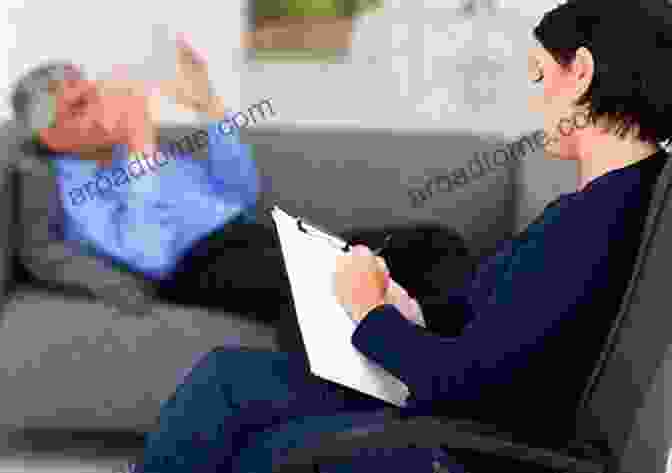
4.7 out of 5
| Language | : | English |
| File size | : | 1265 KB |
| Text-to-Speech | : | Enabled |
| Screen Reader | : | Supported |
| Enhanced typesetting | : | Enabled |
| Word Wise | : | Enabled |
| Print length | : | 278 pages |
Do you want to contribute by writing guest posts on this blog?
Please contact us and send us a resume of previous articles that you have written.
 Book
Book Novel
Novel Page
Page Chapter
Chapter Text
Text Story
Story Genre
Genre Reader
Reader Library
Library Paperback
Paperback E-book
E-book Magazine
Magazine Newspaper
Newspaper Paragraph
Paragraph Sentence
Sentence Bookmark
Bookmark Shelf
Shelf Glossary
Glossary Bibliography
Bibliography Foreword
Foreword Preface
Preface Synopsis
Synopsis Annotation
Annotation Footnote
Footnote Manuscript
Manuscript Scroll
Scroll Codex
Codex Tome
Tome Bestseller
Bestseller Classics
Classics Library card
Library card Narrative
Narrative Biography
Biography Autobiography
Autobiography Memoir
Memoir Reference
Reference Encyclopedia
Encyclopedia Denis Alexander
Denis Alexander Tracie Peterson
Tracie Peterson Susan Hall
Susan Hall Troy Casey
Troy Casey Kindle Edition
Kindle Edition William Hughes
William Hughes Sophie Woodward
Sophie Woodward Sue Haasler
Sue Haasler Lassal
Lassal Zita Fontaine
Zita Fontaine Mark Lane
Mark Lane Stephen Parrish
Stephen Parrish Susan Johnson
Susan Johnson Danny Kennedy
Danny Kennedy W Joseph Stallings
W Joseph Stallings Sophie Hardy
Sophie Hardy William Butler
William Butler Terrie Duckett
Terrie Duckett Seema Reza
Seema Reza Steven Eisenberg
Steven Eisenberg
Light bulbAdvertise smarter! Our strategic ad space ensures maximum exposure. Reserve your spot today!
 Haruki MurakamiFollow ·9.8k
Haruki MurakamiFollow ·9.8k Harold PowellFollow ·8.9k
Harold PowellFollow ·8.9k James JoyceFollow ·8.5k
James JoyceFollow ·8.5k Julian PowellFollow ·4.9k
Julian PowellFollow ·4.9k Foster HayesFollow ·11.5k
Foster HayesFollow ·11.5k Fabian MitchellFollow ·16.8k
Fabian MitchellFollow ·16.8k David PetersonFollow ·11.2k
David PetersonFollow ·11.2k Franklin BellFollow ·11.3k
Franklin BellFollow ·11.3k
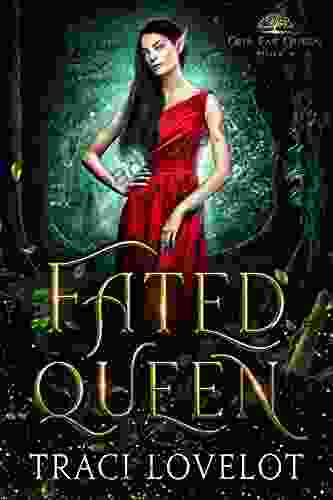
 Timothy Ward
Timothy WardSteamy Reverse Harem with MFM Threesome: Our Fae Queen
By [Author...
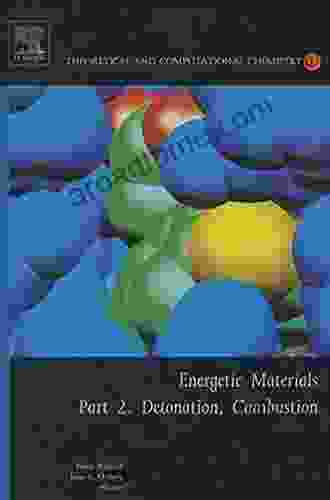
 Cody Blair
Cody BlairThe Ultimate Guide to Energetic Materials: Detonation and...
Energetic materials are a fascinating and...
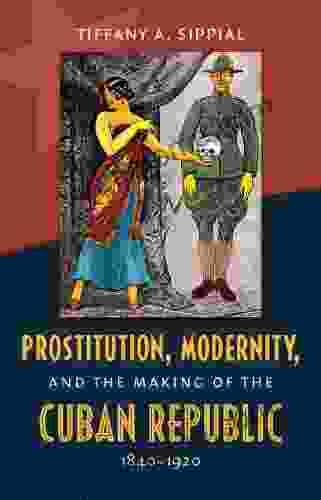
 Kenzaburō Ōe
Kenzaburō ŌeProstitution, Modernity, and the Making of the Cuban...
By Emily A....

 Kirk Hayes
Kirk HayesUnveil the Enchanting World of The Rape of the Lock by...
Alexander Pope's epic...

 Ivan Turgenev
Ivan TurgenevTantric Quest: An Encounter With Absolute Love
Embark on a Tantric Quest to...
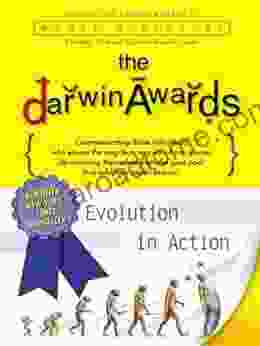
 Gary Reed
Gary ReedThe Darwin Awards: Evolution in Action
The Darwin Awards are a...
4.7 out of 5
| Language | : | English |
| File size | : | 1265 KB |
| Text-to-Speech | : | Enabled |
| Screen Reader | : | Supported |
| Enhanced typesetting | : | Enabled |
| Word Wise | : | Enabled |
| Print length | : | 278 pages |







